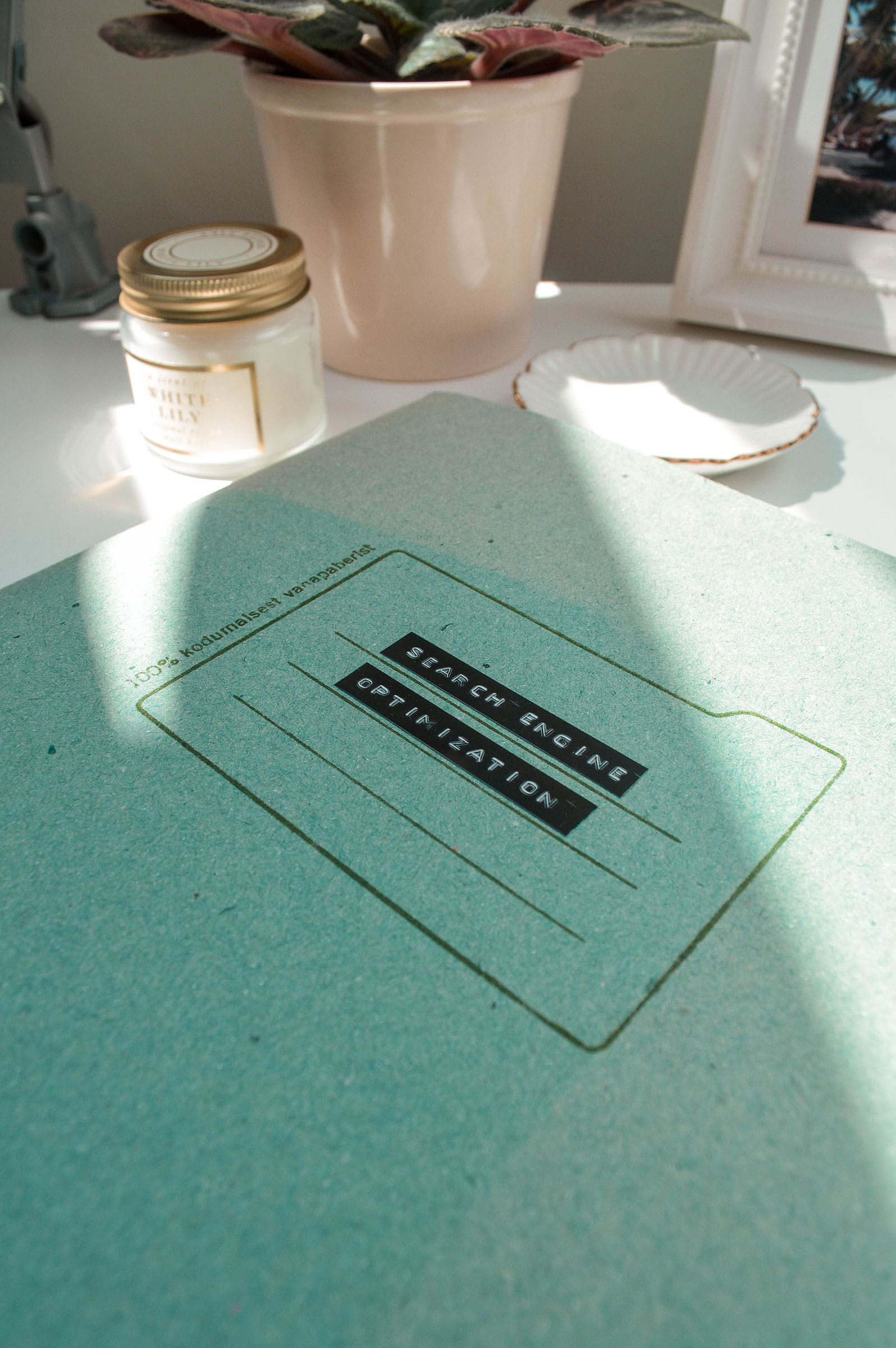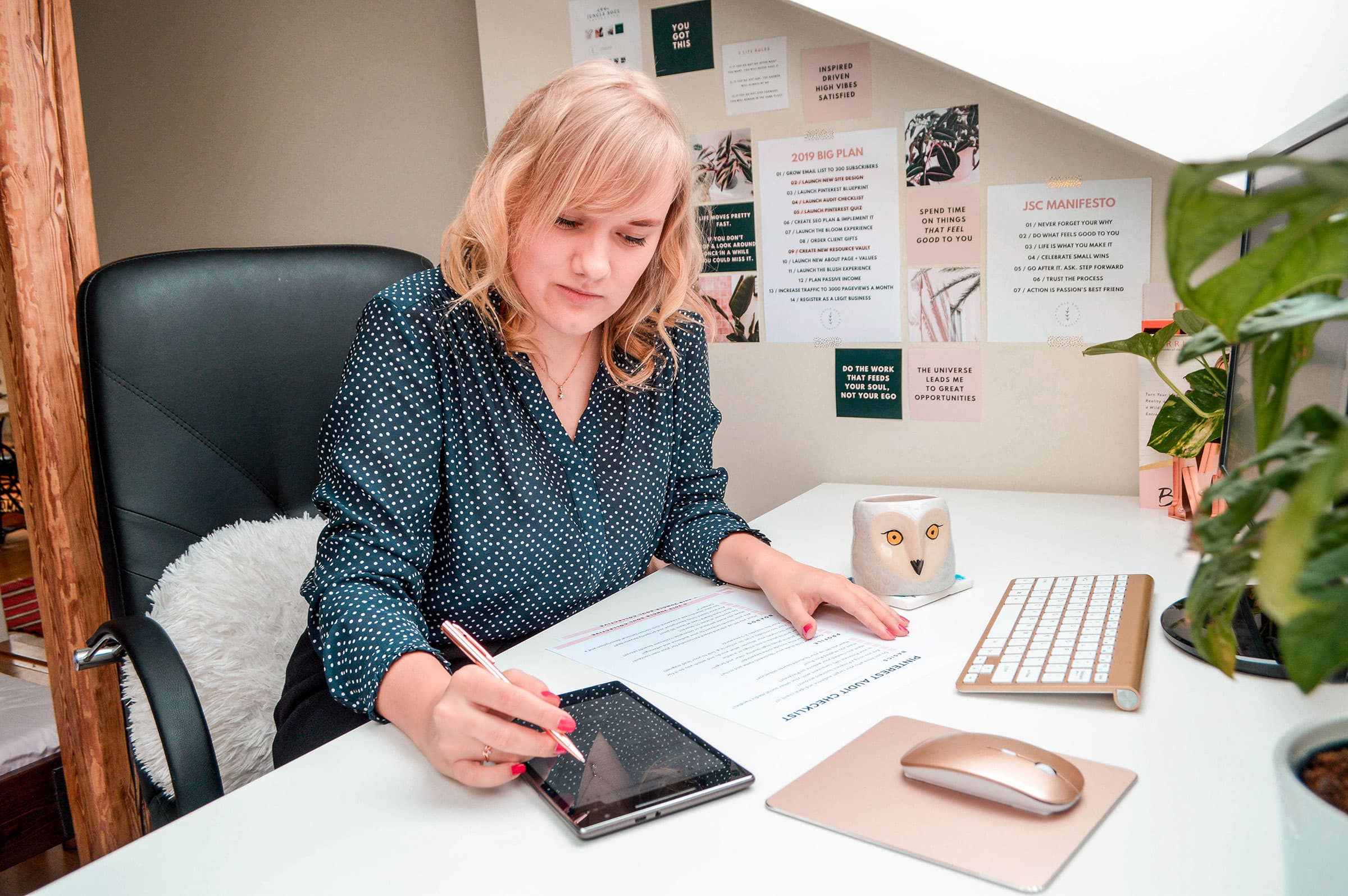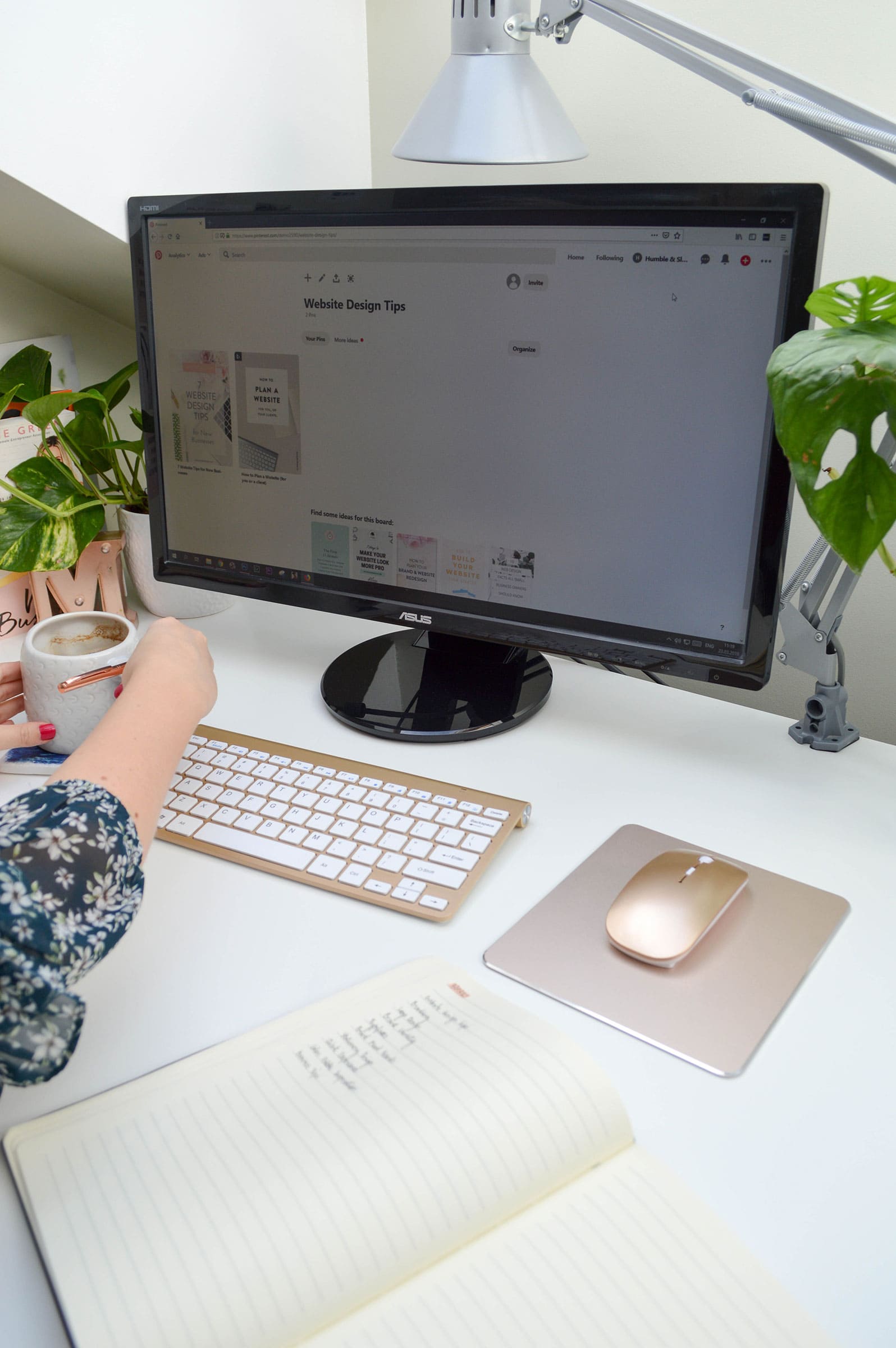Many solopreneurs never truly take time off their business. If you’re the only one in your business it feels like everything is going to collapse when you step out of it for a second. Do you just put everything on hold? Hire help? Check emails while sipping cocktails? Help?
Yeah, no pressure.
It’s tricky. Today we’re going to talk about why it’s so important to step out of your business every once in a while and how to do it without your business collapsing while you’re gone. This applies to the holidays, vacations, or even short breaks when life gets in the way.
This post contains affiliate links, which means if you sign up and subscribe, I may receive a commission (at no additional cost to you).
How to Vacation As A Solopreneur
As someone who has struggled with workaholism, I’m gonna tell you right here and now that taking regular breaks and vacations is crucial. Please don’t undermine it.
Spending time away from your business does not run it to the ground.
Do you know what does?
Not giving yourself permission to rest and working past your limits.
We should strive to create a lifestyle that has space for regular breaks:
- daily breaks (i.e. gym break at noon)
- weekly breaks (taking the weekend off)
- monthly (i.e. going out of town)
- yearly (vacations)
For some reason, we are conditioned to think that taking any kind of break is lazy. We’re always busy-busy, running from one thing to another. It’s an obsolete way of thinking. To overcome this, you’ll need to change your mindset.
Taking time off is good for you and your business. Even if you love your work sometimes you lose your mojo and feel disconnected. After taking a break you’ll feel rested, inspired, motivated, and creative again. You give yourself space and gain perspective. Client work and content creation will come more easily and you’ll enjoy working again.
You can’t force good ideas. Taking vacations and long weekends off always inspires me to no end. No matter how unmotivated and disconnected I feel when I go, ideas and creativity start flowing while I’m away and I feel like I’m bursting with new ideas. I’ve even started bringing a notebook with me just so I can write everything down and look through it when I’m back to work. I’ve started calling my vacations creative retreats because of this.
The right time to take a break is whenever you feel like your resources are used up. The key here is taking care of yourself. As a solopreneur, you’re the heart and soul of your business. If you’re not on top of the game, who else will be?
So you’re totally entitled to a vacation! To make sure you get to totally log off, you’ll need to take some steps in preparation.
Before your vacation
1. Plan in advance
I like spontaneity as much as the next person, but when it comes to vacations, it’s a good idea to plan in advance.
Look at your year ahead and see where it’s possible to fit in a vacation. For example, two weeks in June and two weeks in October. Or what about a month in November?
Dedicate time to it (even if you don’t know the exact details yet) and then start looking for flights and accommodation. While you’re still locking down the details, you can already plan your client projects accordingly.
When a spontaneous opportunity shows up, make sure to not book work for that time, reschedule as much as you can, and tackle your priority list (we’ll talk about this below).
Since experiencing burnout, I’m generous with my vacation time (whether I leave the country or not) and hold no shame. I set aside two weeks to a month of vacation time for every quarter. At first, those are not set dates but a rough idea of when I’ll likely want to unplug. As time passes and I book projects, I’ll eventually confirm the dates and make the arrangements.
Also, make sure to give yourself enough buffer rest time when you get back. Depending on the destination and jet lag I might experience, I always leave at least one day to rest, unpack and ease back into everyday life.
2. Communicate
I promise your business is not going to collapse while you’re gone. Clients are people too.
A good practice is to let your clients know early. That is, of course, if you work with the same clients for a long time. Since switching to VIP days, I only notify clients if there’s an overlap between my time away and their Voxer support (which in itself is rare).
One month before leaving, notify your clients (via email, project management software, etc.) of the dates you’ll be gone and when is the last day you’ll answer. Make sure to let them know when you’ll get back, so they don’t feel ghosted.
I recommend adding an out-of-office notification to every email you send. Remind clients again one week before leaving at the latest.
Although clients are people too, not everyone pays attention or respects your right to time off. I’ve learned this the hard way, so I’ve included a hard date for last-minute requests and questions. It states that I don’t answer emails, do any work, or respond to inquiries after a specific date (usually about 2-3 days before I leave, so I have time to attend to them).
Anything sent, asked, or requested after that date will get a response when I get back. I’ve become strict about that rule because I know I’ve given my clients a decent amount of heads up and several chances to let me know if they need anything done before I go. Sometimes you just gotta say no.
3. Create boundaries
You need to be honest with yourself here because it’s easy for us to work all the time, even on vacation or while having Christmas dinner at your parent’s house.
So ask yourself, will you work on any client projects at all? Will you check your emails? Are you unplugging from work completely?
It’s always better to unplug completely, but if you must work, just make sure you’re not working the entire time.
4. Create a Priority List
Okay girl, now we’re really preparing for time off. Before you get to log off you need to wrap up loose ends!
Using your preferred method of note-taking, make a list of everything that needs to be done before you leave that you can think of.
It might end up looking like a brain dump (mine always does) but that’s okay. Not everything is crucial! When you’re done, take a hard look at it and circle 3-5 important things that always come first. For most service-based businesses it includes client work.
Whether a pre-planned vacation or a spontaneous one, clients should be the top priority. After all, they’re paying you and relying on you so you can’t just vanish on them. If you have smaller projects it might be a good idea to try to wrap them up in the week before you leave so you have fewer loose ends.
If you plan in advance you’ll have plenty of time to batch content for the blog and newsletter. If your time off is more spontaneous, you’ll have to either skip a week or two, repurpose content or tweak & republish an old post. Honestly, repurposing is a great way to get content out there without necessarily creating something new.
I recommend writing a second priority list for when you come back. Getting back into the flow of things can be overwhelming, so give the future you 3 top priorities to tackle.
5. Automate and schedule
Thanks to technology, a big part of your business will still run like usual while you’re gone. Most people won’t even notice that you’re not present!
Use a client relations management program like Dubsado (affiliate link) to automate client onboarding (sending out welcome packets and scheduling calls), invoices, quotes, and contracts.
You can even schedule all social media posts with tools like Buffer, Hootsuite, or Planoly.
With Tailwind (affiliate link), you can schedule pins to go live when you’re gone.
I’m a fan of working ahead as much as possible at all times and advise you to do the same. Having content prepared and ready to go out at all times not only simplifies your everyday life as an entrepreneur but makes dealing with pre-vacation pressure and unexpected life situations easier and more stress-free.
Recommended reading: Beat Overwhelm: 8 Ways to Simplify Your Solopreneur Business
6. Create autoresponders
If you don’t have an out-of-office template yet, now is a good time to write one. Add the dates you’ll be gone, and don’t forget to let them know when they can expect to hear from you again. That will keep you accountable and clients at ease. I also put my out-of-office notification on my email signature and contact form.
If you’re using G Suite for email, then you can pre-set your autoresponder to turn on and off on certain dates. You can turn it on weeks in advance, and it will start working when you leave. No more forgetting!
Have an active following on Instagram? Post about taking a well-deserved vacay and set up automatic replies to DM’s.
7. Log off and enjoy
When the departure day comes, log off and enjoy the moment. It can be difficult to switch off work, but you know it’s not a vacation if you’re still attached to your phone and keeping tabs on emails.
Let it go and allow yourself to rest and recharge.
During your vacation
Work on schedule
If you must work during your vacation, schedule one hour of work into your day and set the timer.
I delete all work-related apps from my phone, so I don’t get sucked into reading work emails at the pool. To work, I need to log into my laptop or tablet. I find this to work well for workcations.
After your vacation
1. Use your buffer time.
It’s there for a reason. Take this time to breathe and recoup.
Unpack, get some groceries and eat well. Nap if you need to.
2. Refer back to your priority list
I don’t know if you can relate, but for me, there are two options after I come back. Most of the time, I come back feeling energized and ready to get stuff done. Sometimes, however, I feel confused and overwhelmed, not knowing where to start.
Either way, the priority list always helps me focus and not get carried away with irrelevant tasks.
Before you go, pin these tips for later!















